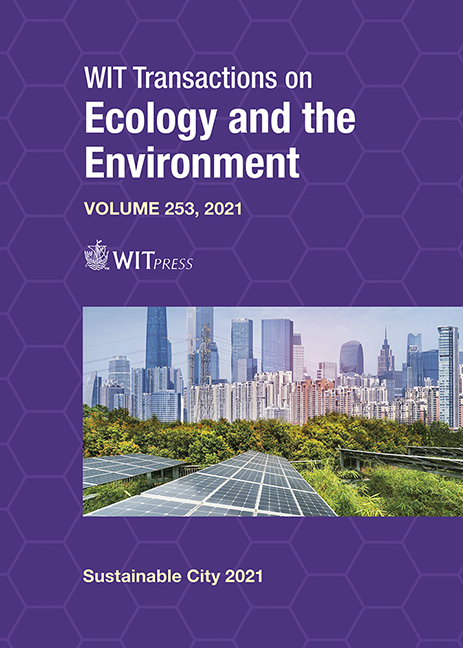ESTIMATING AND UPDATING GAP ACCEPTANCE PARAMETERS FOR HCM6TH ROUNDABOUT CAPACITY MODEL APPLICATIONS
Price
Free (open access)
Transaction
Volume
253
Pages
10
Page Range
477 - 486
Published
2021
Size
1,083 kb
Paper DOI
10.2495/SC210391
Copyright
Author(s)
ANTONIO PRATELLI, LORENZO BROCCHINI, NICOLA FRANCESCONI
Abstract
This paper treats on-field observing data and then applying estimation procedures to estimate follow-up headway and critical headway at roundabouts. The theory of gap acceptance constitutes the attempt to faithfully represent the behavior of users at non-traffic light intersections. The follow-up headway and critical headway are two critical parameters of the roundabout capacity model illustrated in the 6th edition of Highway Capacity Manual (HCM6th). The capacity model was developed as an exponential regression model and is strongly influenced by driver behavior and local habits. This paper, therefore, aims at verifying whether the suggested general values are also suitable for Italy. The follow-up headway can be measured on-field, while the critical headway cannot be obtained directly, in fact numerous studies and techniques have been developed for its estimation. The most popular ones are the Maximum Likelihood method, the Raff method and the Median method. The latter has been chosen as the calculation method, since it is the one that is more frequently used and is considered both the simplest and characterized by an acceptable approximation threshold. This method requires information on the accepted headway and the major rejected headway for each driver, therefore, a sample of data was recorded on-field with a digital camera and then processed. Sample data of the critical headway and of the subsequent headway were collected for three carefully selected roundabouts in the province of Lucca, Tuscany (Italy). As a check, it was verified that the values of the critical headway and of the follow-up headway calculated were comparable to those obtained from the analysis carried out in Tuscany in 2012. Finally, a comparison has made between the default values of HCM6th and our firstly obtained results indicated that the average critical headway was significantly lower than the recommended values. Insights for further research developments are suggested in the conclusions.
Keywords
gap acceptance theory, critical headway, follow-up headway, HCM6th, roundabout capacity model, median method





